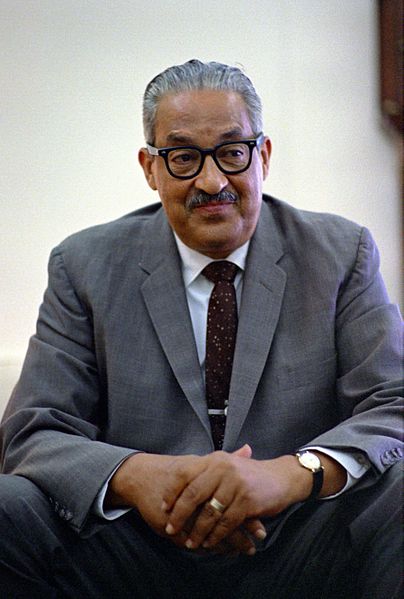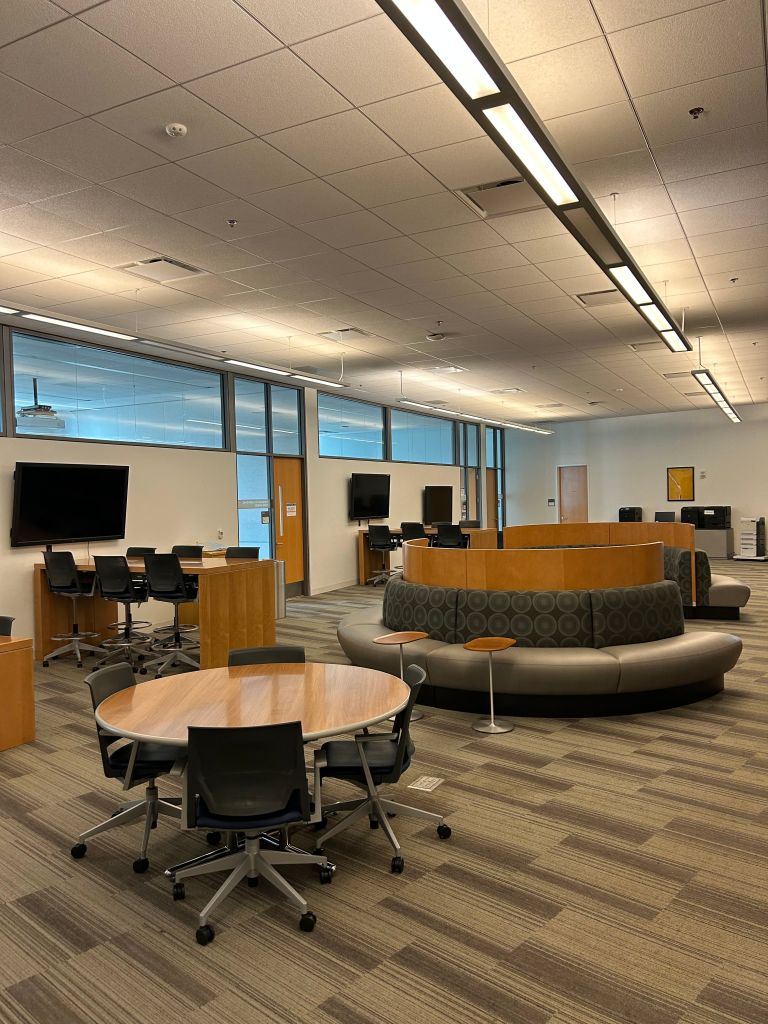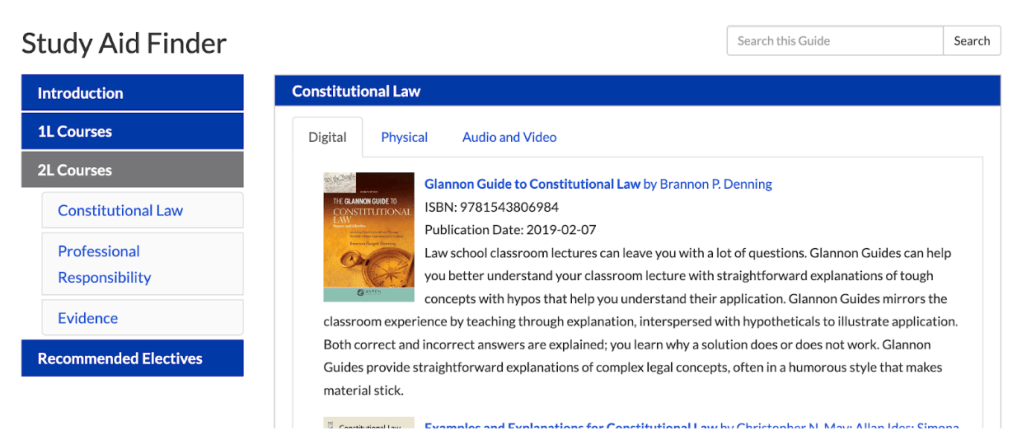For Black History Month, the Law Library will spotlight Black law figures throughout history and their contributions to the legal field. Each week, a different figure will be featured.
by Sydney Hamilton, 1L

Thurgood Marshall (June 2, 1908 – January 24, 1993)
History often remembers Thoroughgood “Thurgood” Marshall as a focused, articulate man who dedicated his life to the law and the people. However, as a kid growing up in Baltimore, Maryland, his high school teachers knew Marshall better for being a bit of a class clown with a rambunctious nature. Funny enough, his punishment for misbehaving turned out to be a glimpse into his future: sitting on a bench, reading the Constitution.
As a Black boy living in the inner city, Marshall recognized the effects of segregation. However, being uniquely familiar with the Constitution, he realized understanding and reshaping the law would be the key to eliminating this injustice. After high school, Marshall attended Lincoln University in Pennsylvania, where his classmates included the soon-to-be-renowned poet Langston Hughes. After a hazing incident with his fraternity earned him a two-week suspension, Marshall focused his attention and energy on his academics. His involvement in the debate club furthered his passion to become a lawyer. In 1930, Marshall graduated at the top of his class.
After marrying his wife, Viven, Marshall continued to work towards his goal. However, the ever-looming presence of racial discrimination nearly thwarted his plans. The University of Maryland School of Law rejected Marshall based on his race. Instead, he attended Howard University but still dealt with financial burdens. His mother pawned her wedding rings to pay for his tuition.
During law school, he began to formulate the perspectives and arguments that would later define his career. While there, he studied under Charles Hamilton Houston, the vice dean at the law school and later, the director of NAACP’s Legal Defense and Education Fund. Through Houston, Marshall better understood how the Constitution and the law could be used to extinguish racial discrimination. After graduating from Howard as valedictorian in 1933, Marshall moved back to Baltimore to take his first steps as a lawyer.
Back in Baltimore, Marshall opened his own practice, assisting clients even if they could not pay. Eventually, he dedicated more time to volunteering with the Baltimore chapter of the NAACP. One of Marshall’s first significant strides came in the case of Murray v. Pearson (1936). Just like Marshall, the University of Maryland Law School rejected Donald Murray because of the color of his skin. Marshall sued on Murray’s behalf and, assisting his mentor Houston, won the case.
Following this success, Marshall and Houston strategized how to chip away at the “separate but equal” doctrine from Plessy v. Ferguson (1896) that fueled segregation. In Missouri ex rel Gaines v. Canada (1938), the two men argued that the University of Missouri had violated Lloyd Gaines’s equal protection rights by rejecting him due to his race and thereby denying him legal education equivalent to what white students received. Winning this case set the stage for Marshall’s most memorable victory.
After Houston retired, Marshall took over Houston’s position at the NAACP. He continued to win several more cases before finally landing on the one that would forever impact history: Brown v. Board of Education (1954). In this case, which was five separate cases consolidated into one, Marshall argued that segregating the school system was unequal and unconstitutional. During the second hearing, Marshall stated that segregation evolved from a desire to keep “the people who were formerly in slavery as near to that stage as possible.” After much indecision and deliberation, the Supreme Court finally ruled that the “separate but equal” doctrine should not take precedence in the public education system.
In the years following that decision, Marshall was appointed as a federal judge and then Solicitor General before eventually being appointed as the first Black justice on the U.S. Supreme Court in 1967. As a Justice, Marshall was known for his progressive views and strong moral compass, opposing the death penalty and ensuring the civil rights of all people. Marshall served 25 terms before retiring in 1991 as one of the greatest voices on the Supreme Court.
Sources:
Justice Thurgood Marshall profile – Brown v. Board of Education Re-enactment. United States Courts. (n.d.). https://www.uscourts.gov/educational-resources/educational-activities/justice-thurgood-marshall-profile-brown-v-board
Brown v. Board of Education: The case that changed America. Legal Defense Fund. (2023, December 15). https://www.naacpldf.org/brown-vs-board/
History – Brown v. Board of Education Re-enactment. United States Courts. (n.d.). https://www.uscourts.gov/educational-resources/educational-activities/history-brown-v-board-education-re-enactment
Thurgood Marshall. Oyez. (n.d.). https://www.oyez.org/justices/thurgood_marshall



















You must be logged in to post a comment.